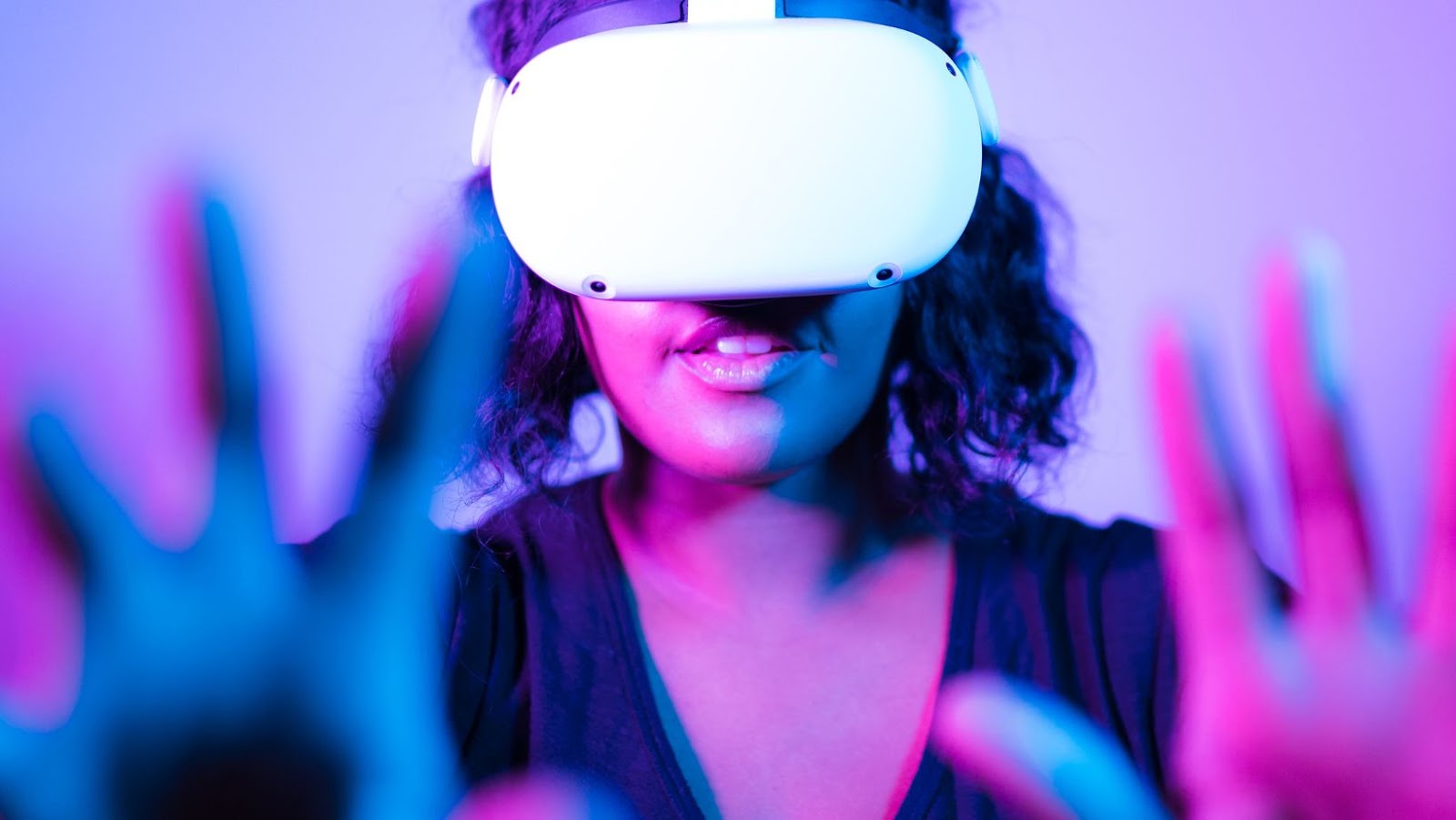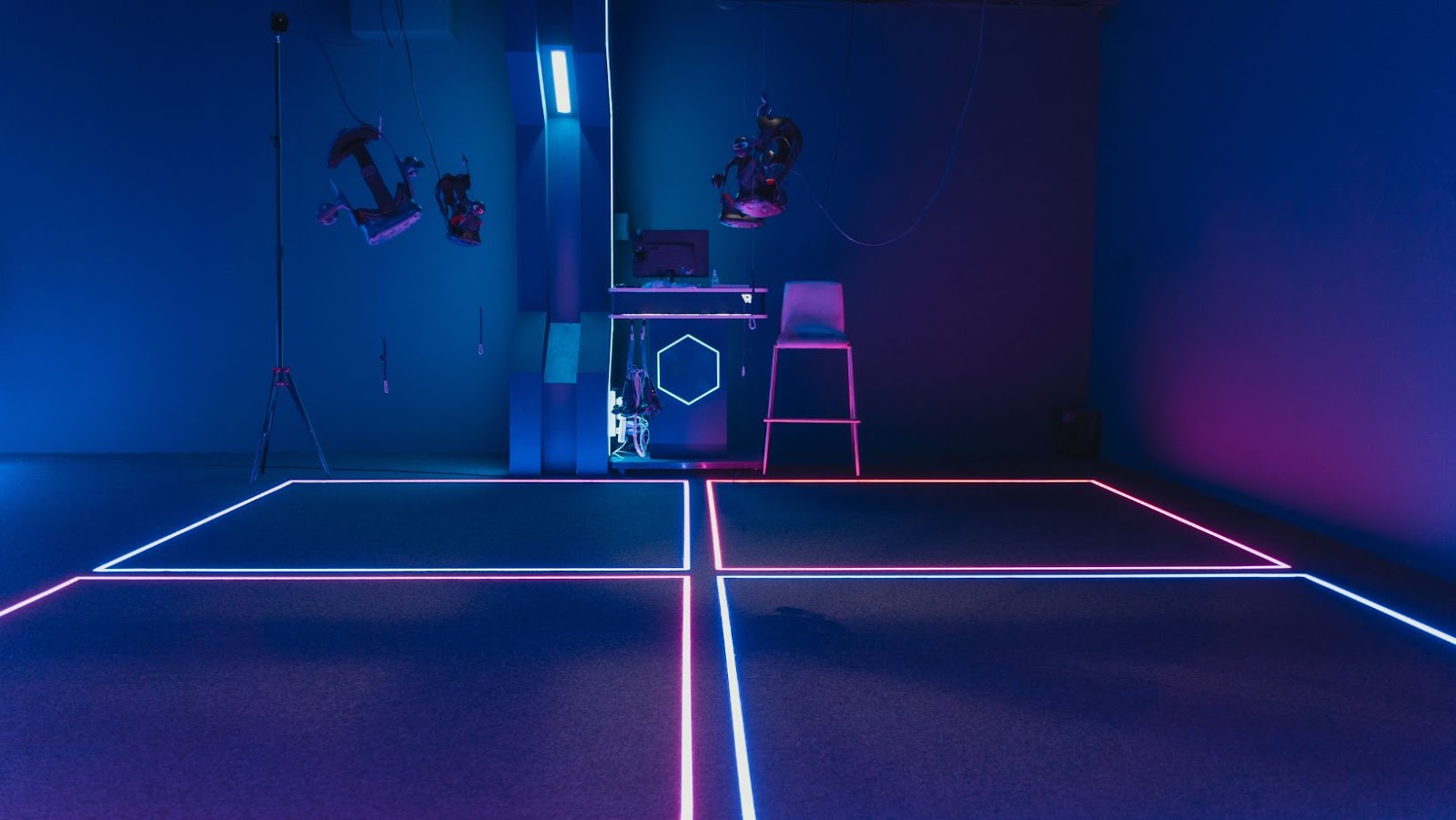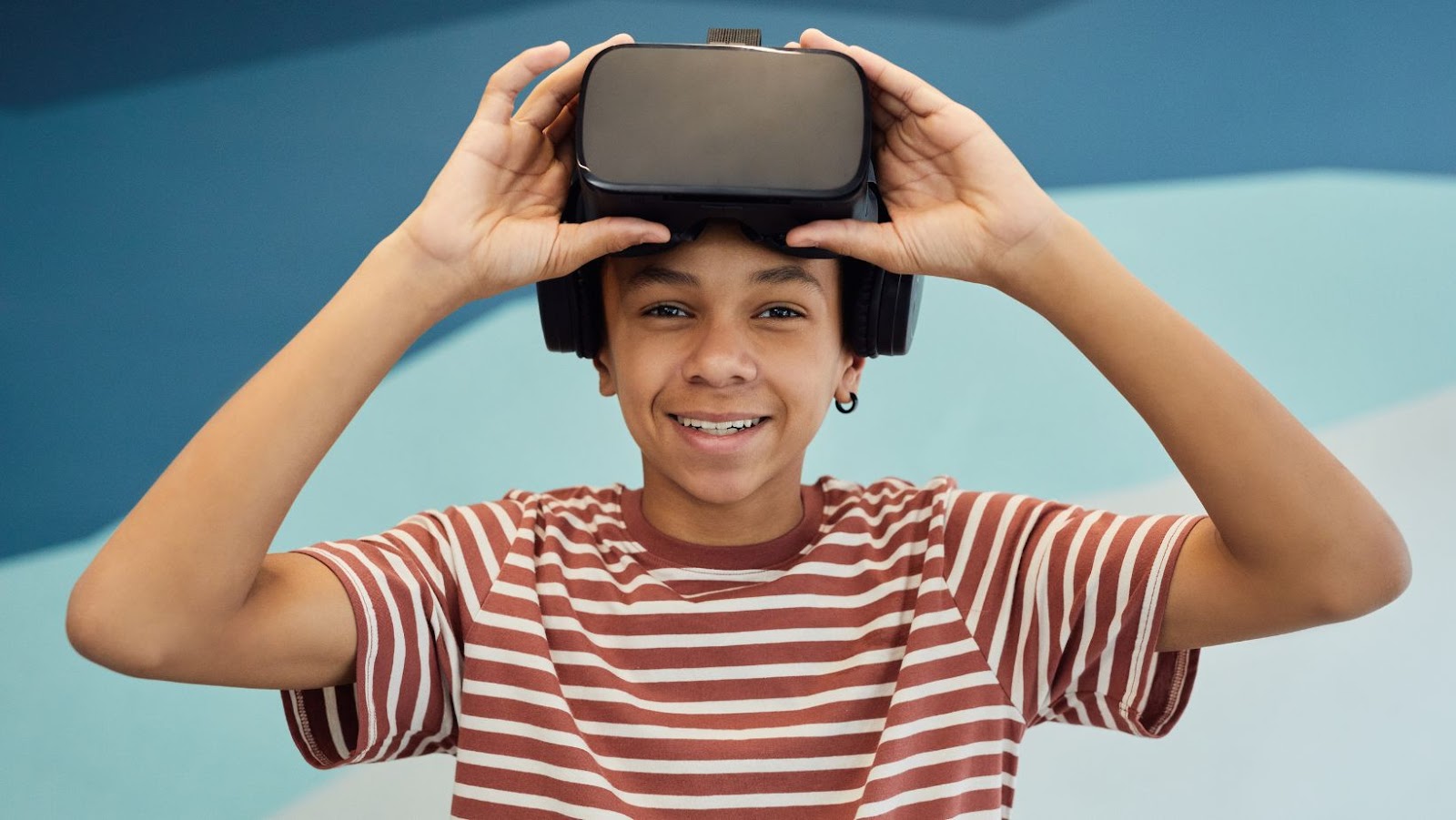 VR Headset Uses
VR Headset Uses
Harness exceptional gaming experiences with VR headset Uses. Gaming isn’t just about playing on screens anymore; it’s about immersing oneself in the game. For instance, VR technology in horror games creates heart-stopping experiences, making users feel like they’re inside the terrifying world. Sports games also benefit, where users can feel like they’re truly part of the team, interacting with other players in real life.
Continue the learning journey beyond traditional textbooks with the aid of VR headset Uses. Classrooms across the globe see a noteworthy change, turning lessons into interactive explorations. Picture a history class where instead of merely reading about the French Revolution, students find themselves walking through it. Similarly, geography lessons transform as children virtually explore the Amazon Rainforest, enhancing their learning experience significantly.
 Deeper Dive into VR Gaming Experience
Deeper Dive into VR Gaming Experience
Let’s take a closer look at the heightening of in-game experiences that VR headset Uses afford. From immersion to gameplay exclusives, these devices provide a new perspective on gaming.
Immersive gameplay happens when a VR headset Uses goes on. The user enters a virtual environment, where 360° visuals and responsive audio blur the line between fiction and reality. Games featuring VR support, such as Resident Evil 7 and Star Wars: Squadrons, exemplify this immersion. The players truly feel they’re a part of the game’s world, fighting off horrifying entities or navigating spacecraft through intergalactic skirmishes.
Presently, there’s a growing library of games developed exclusively for VR. These aren’t mere adaptations, but experiences designed from the ground up to make the most of VR capabilities. Games like Beat Saber and Half-Life: Alyx are prime representations. Beat Saber engages players in a music-fueled lightsaber performance, where the rhythm of the beat dictates the action. Half-Life: Alyx, on the other hand, revisits the popular Half-Life universe, accentuating intricate storylines and detailed environments with immersive VR gameplay. These games aren’t setbacks to regular gaming: they’re significant must-tries of the VR revolution.
 VR in Education: Opportunities and Challenges
VR in Education: Opportunities and Challenges
Advancements in VR headset technology afford new avenues for educational engagement and skills training, albeit with unique challenges. This section explores these distinct functionalities within the education sector.
VR headsets facilitate virtual classrooms and tours, transforming traditional learning practices. With VR headsets, students experience lifelike simulations of historical events, scientific phenomena, or cultural experiences, enriching their understanding. For example, Google’s Expeditions program enables students to undertake VR trips to outer space, the bottom of the sea, or foreign countries, bypassing the costs and logistics of physical field trips. This technology, however, poses challenges in accessibility and affordability, creating potential disparities in the distribution of these learning opportunities.
Skill training forms another pivotal application of VR headset Uses in education. They offer realistic training environments for complex skills and procedures without the risks associated with real-life practice. Particularly in fields like healthcare and engineering, VR provides safe, cost-effective solutions for experiential learning. Surgeons, by train on lifelike virtual patients, minimizing patient risk during initial practice stages. Engineers can troubleshoot complex machinery or infrastructures within safe, controlled virtual settings rather than manipulating actual equipment. Despite their merits, these applications again underscore technological challenges, such as the need for resilient networks to handle high-resolution, real-time VR interactions, and the cost of developing bespoke training programs.
VR headset Uses are no longer just a gamer’s gadget. They’ve become a transformative tool, revolutionizing sectors from education to healthcare, architecture, and real estate. They’re creating interactive learning environments, enhancing therapy and training, and altering the way we present and visualize designs. With games like Resident Evil 7 and Beat Saber leading the charge, VR is setting new standards in the gaming industry.
The future is promising, with anticipated advancements in haptics, full-body tracking, and exclusive VR content. Social VR gaming could mirror offline interactions, creating vibrant virtual communities. VR education is set to overcome challenges, offering immersive subject-specific learning and skill training. The world is just beginning to tap into the potential of VR headsets, and it’s clear they’re here to stay, redefining norms and shaping the future of numerous industries.